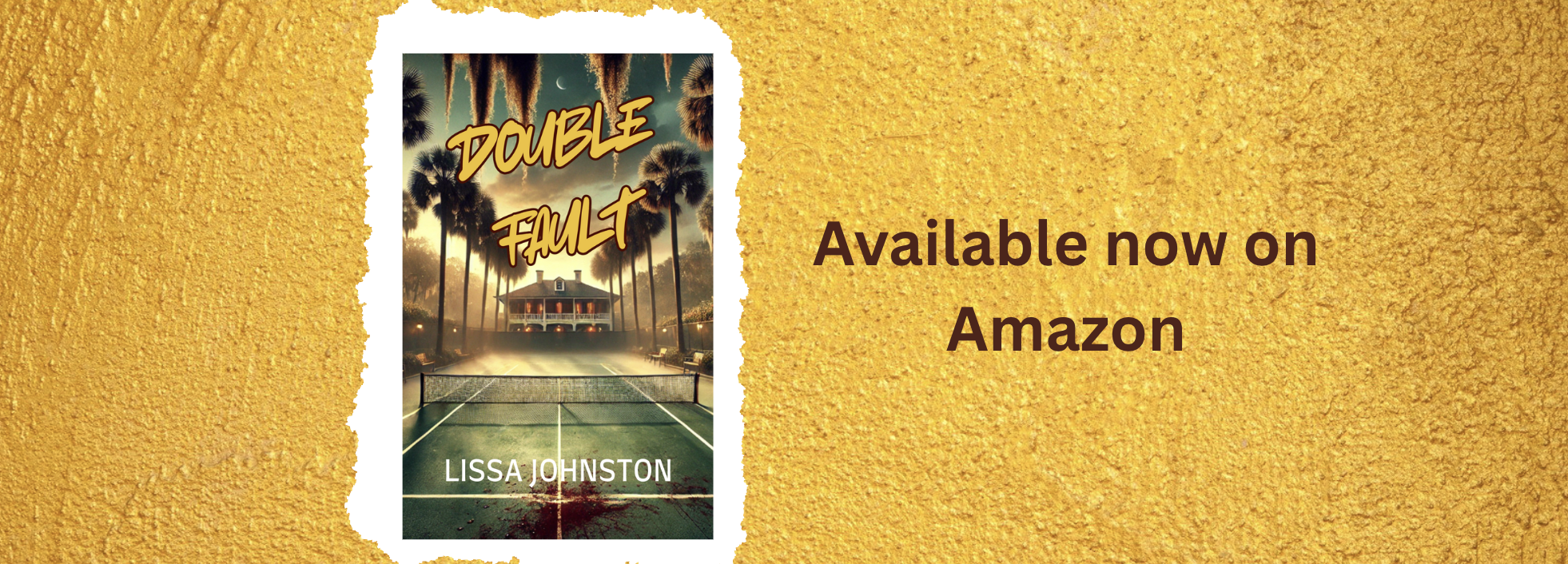I'm sitting here in March enjoying a string of delightfully warm spring days before

the heat and humidity of summer smacks us cross-eyed. Despite the fabulous weather, I'm feeling a little peeved today. One of my writing goals is to try out listening to podcasts as a means of absorbing knowledge about the craft. I have the podcast app on my phone. Now when I go for my walk, instead of the same 14 songs in the rotation on Pandora, I listen to podcasts. Multitasking!
In the process of learning how best to fit podcasts into my schedule, I've subscribed to a dozen or so of them. I found them either in online articles or a simple search in iTunes. As a result, I have a couple that I really like; one or two more that I'll listen to if I'm all caught up on my favorites; and a few others that are not making the grade.
One of my favorites is Joanna Penn's The Creative Penn. She's been doing regular podcasts since 2008, and it shows. She's an experienced and successful self-published author. Her voice is pleasant. Her topics and guests are interesting. Her interviews are professional and entertaining. The paid promotions are brief. The show notes are thorough and easy to track down if I want more information on something mentioned during the show. This show is the gold standard for writing-related podcasts IMO. I also am a faithful follower of The Story Grid philosophy of story structure and editing. It has a pretty good concept: an experienced editor is paired with a newbie author and guides him through the writing and editing process for one of his books in real time.
On the other end of the scale, let me describe in very generously anonymous detail why I'm writing this post today. I believe there was some study that said podcasts were the up and coming thing. So everybody with a microphone and two working vocal chords is jumping on the bandwagon. It's similar to the growth of the self-publishing industry, I suppose. People hear of a possible shortcut to making some quick cash and figure, why not? The result also is similar - very uneven quality. You have to kiss a lot of frogs, as they say. If you're thinking of joining the podcast revolution, go right ahead. But please avoid annoying people like me who have social media accounts and (sort of) know how to use them.
How To Avoid Feeling Like I'm Writing This Post About Your Podcast
- The #1 thing is prepare-prepare-prepare. As you can probably tell from the Get Off My Lawn tone of this post, I'm of a certain generation. Terry Gross's Fresh Air is the best audio interview program that ever was or ever will be. No one out-prepares Terry Gross. Great topics. Great conversations. Great editors. It's obvious that she reads her guests' books and watches their TV shows and movies and probably eats the same food and drives the same car and uses the same deodorant as her guests, for all I know. I am astonished at how prepared she is. I mean, there are only 24 hours in a day. She must have learned how to manipulate time from one of her guests. It helps to have lots of underlings, I suppose. And of course a professional studio. Speaking of which . . .
- Quality equipment - none of us are super pumped about listening to your voice echo off the bare walls and hard metal surfaces of your laundry room for an hour. I'm not saying you have to invest thousands in studio time or construction. I found out by accident that closets are a decent place to record if you have no other options. The clothes make for excellent sound absorption. All I'm saying is, give it some thought and actually listen to some test recordings of yourself before you go live.
Anyway - here's what happens when you slack off on the preparation. All of the following are actual situations I have heard during a podcast. I am not making this up.
- You freely admit to your author guest that you didn't plan properly and weren't able to finish their book before the show. Or in fact have not read any of it at all. All you know about it is whatever showed up on the screen shot from their Amazon page.
- You freely admit, on air with them, that you have no idea how to pronounce their name. Which is perfectly fine, because you doubt you'll even remember their name by tomorrow. Yes, the host actually said this second sentence to the guest during the show. WTF? Apparently it's too much trouble to connect with the guest ninety seconds before air time if you're not 100% sure how to pronounce their name.
- You freely admit that you have little knowledge of, or interest in, their genre. Your tone indicates no apology or remorse. In fact, you seem to think this is a positive in that there must be millions more people out there who have little interest in this niche and

Don't be the Cousin Eddie of podcasters therefore are all potential new readers. Okay, maybe. But if it were me, as host, I don't think I'd mention. There are plenty of ways to have a meaningful conversation with someone on a topic you're not familiar with other than keep circling back to the point that you're not familiar with the topic. Maybe you think it makes you look curious and adventuresome. It might, if you were browsing the bookstore looking for a good weekend read. But as a podcast host, it just makes you look lazy and unprepared.
- You freely admit you have no idea what the guest's website is. This is no problem, you say, because it'll be in the show notes. See if you can guess how confident I am in your ability to cobble together a quality set of show notes.
- You have the same set of ten or so lackluster questions that you ask every guest, more or less in the same order. You never stray from this set of questions, even when intriguing conversational opportunities present themselves. This strategy has been known to work in print media (as long as the questions aren't lackluster). It may also be a good guide for audio interviews, so that you don't get too excited during the interview and overlook any important questions. But a well-prepared host needs to be aware of - heck, needs to be praying for - opportunities to explore a compelling line of questioning. Just reading off a list of questions, waiting for the answer, and moving to the next question is a bore.
- It comes up partway through the interview that the guest had a book promotion that ended two days before the interview was to air. Oh well, says the host, it's a good thing for you we just barely missed your promotion deadline, because now everyone will have to pay more for your book. WTF??
- You craft a title for your episode for the best possible SEO and social media click bait. It works beautifully, and many listeners tune in. And are subsequently frustrated by having to listen to 47 minutes of blather before getting to the 2:38 of content that actually relates to the topic you advertised. And will unsubscribe from your podcast before you've finished your closing comments. And wish they had that 49:38 minutes of their life back.
- You ask your guest for ideas on other guests they think your listeners might enjoy, or other podcasts you could guest on to promote your podcast. You ask this during their interview, not privately before or after. Rude much?
I already feel guilty enough about carping on these podcast upstarts, so I'm not gonna name names here. The good ones are worthwhile, especially if you have some time to kill during a daily walk or commute. I've gotten some great info listening to The Creative Penn and a few others. But I'm not Terry Gross. I don't have a magical 5 extra hours in every solar day. So I'm pulling the plug on the the Cousin Eddies. Maybe I'll check back with them in a few years when they're better prepared.
What are some of your favorite podcasts? Drop them in the comments. I'm always looking for a new listen.
Thanks for reading! If you enjoyed this post, I hope you'll take a minute and subscribe to my email list.





















 All the hubbub about the Seth Rogen/James Franco comedy
All the hubbub about the Seth Rogen/James Franco comedy 

